
The design of high power density for an RV (Rotary Vector) reducer is a critical aspect in the field of mechanical engineering, particularly for applications such as industrial robotics, where compactness and efficiency are paramount. High power density refers to the ability of a reducer to deliver a large amount of power within a small volume, which is essential for creating more compact and lightweight robotic systems without compromising on performance.
Key Components and Materials
The core components of an RV reducer include the input gear, the planetary gears, the output shaft, and the cycloidal bearings. Each of these components must be designed and manufactured with precision to achieve high power density.
-
Input Gear: The input gear is typically a spur gear that transfers power from the motor to the planetary gears. It must be designed to minimize backlash and maximize transmission efficiency. The use of high-quality materials like hardened steel can increase the gear's durability and load-bearing capacity.
-
Planetary Gears: The planetary gears are arranged around the input gear and are crucial for achieving a high reduction ratio in a compact space. They must be lightweight and strong to handle the transmitted power without adding unnecessary weight to the system.
-
Output Shaft: The output shaft connects the reducer to the robot's arm or other moving parts. It must be rigid enough to handle the torque and precise enough to maintain accuracy in the robot's movements.
-
Cycloidal Bearings: These bearings support the planetary gears and are subject to high stress during operation. They must be designed to withstand the forces involved and to minimize friction to improve efficiency.
Design Considerations for High Power Density
-
Compact Design: To achieve high power density, the design must focus on reducing the size and weight of the reducer while maintaining or increasing its power output. This can be achieved through innovative design techniques such as using a smaller number of larger gears instead of many small gears, which reduces the overall size and complexity of the system.
-
Material Selection: The choice of materials plays a significant role in the power density of the reducer. High-strength, lightweight materials like aluminum alloys or composites can be used for certain components to reduce weight without sacrificing strength. For critical components like gears and bearings, advanced materials with high fatigue resistance and load-bearing capacity should be used.
-
Lubrication: Efficient lubrication is essential for reducing friction and heat generation within the reducer. The use of synthetic oils or greases with high thermal stability can improve the longevity and performance of the reducer.
-
Heat Management: High power density can lead to increased heat generation, which must be managed effectively to prevent damage to the components and to maintain efficiency. The design should include features that aid in heat dissipation, such as cooling fins or channels for liquid cooling.
-
Precision Engineering: The manufacturing process must ensure high precision in the machining of gears and bearings to minimize clearances and backlash. This contributes to the overall efficiency and accuracy of the reducer.
-
Load Distribution: The design should evenly distribute the load across the gears to prevent premature wear and failure. This can be achieved through the use of load-sharing mechanisms and by optimizing the gear geometry.
Advantages of High Power Density Design
-
Space Efficiency: A compact design allows for more efficient use of space within the robot, enabling the creation of smaller and more agile robotic systems.
-
Reduced Weight: Lighter reducers contribute to reduced overall weight of the robot, which can lead to improved energy efficiency and faster acceleration.
-
Improved Performance: High power density designs can handle higher loads and deliver more power, leading to better performance in demanding applications.
-
Longevity: By managing heat and stress effectively, the life expectancy of the reducer can be extended, reducing maintenance costs and downtime.
Conclusion
The design of high power density for an RV reducer is a complex process that involves a careful balance of component design, material selection, and manufacturing techniques. By focusing on compactness, efficiency, and durability, engineers can create reducers that are capable of delivering high power outputs within a small footprint. This not only enhances the performance of robotic systems but also contributes to the development of more energy-efficient and cost-effective solutions in the field of automation and robotics.
 English
English Deutsch
Deutsch Русский
Русский Español
Español
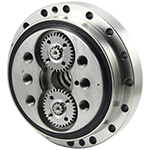
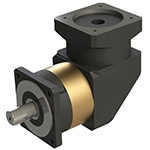
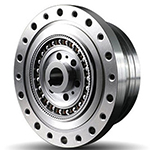
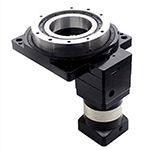
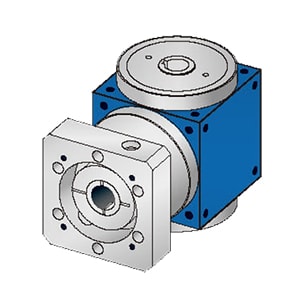
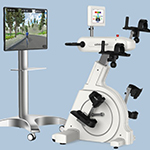

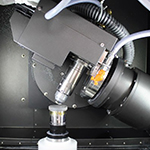
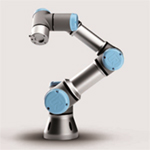
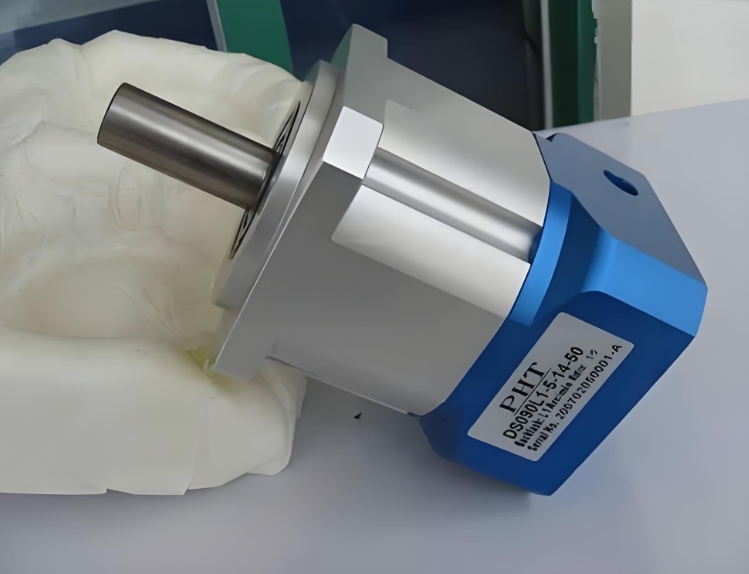
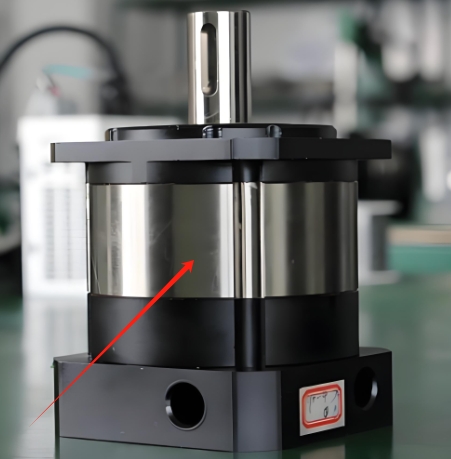
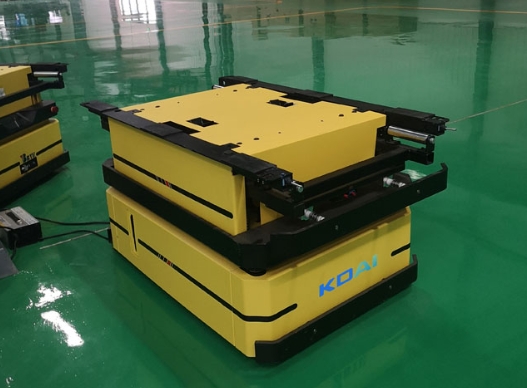
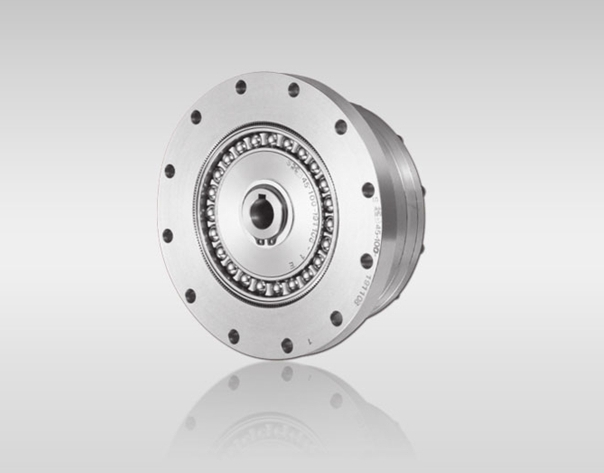
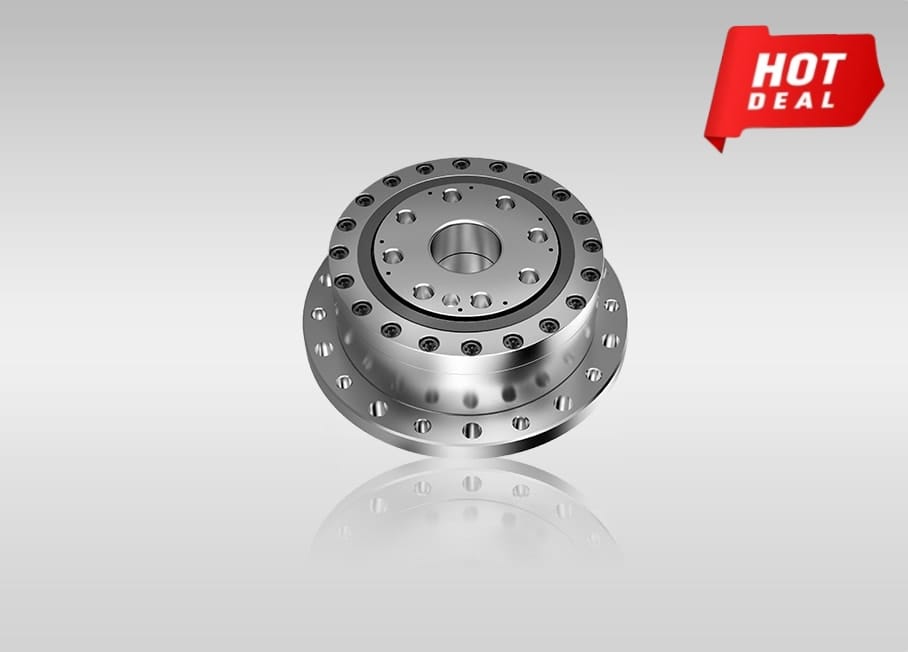
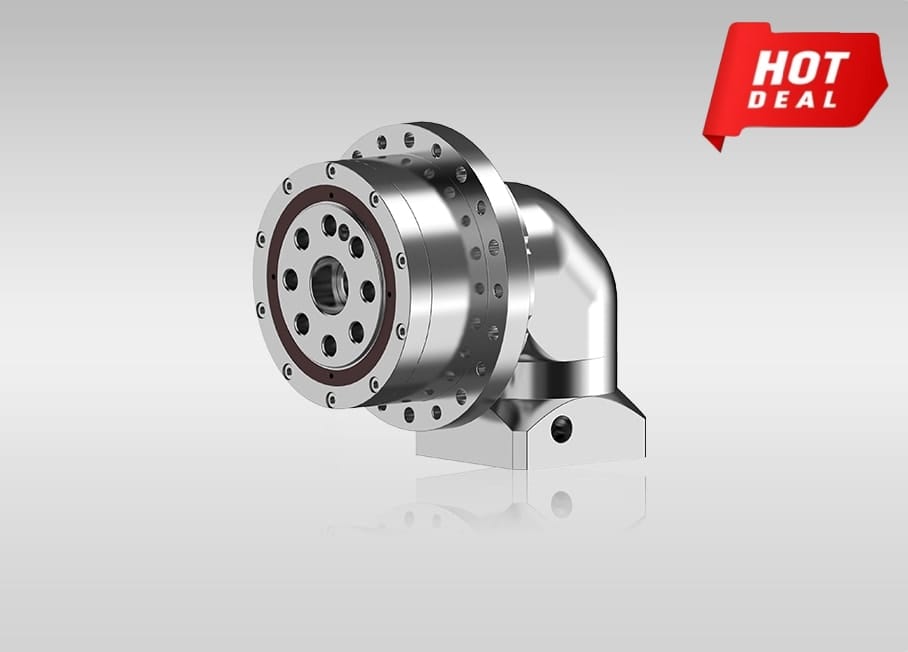
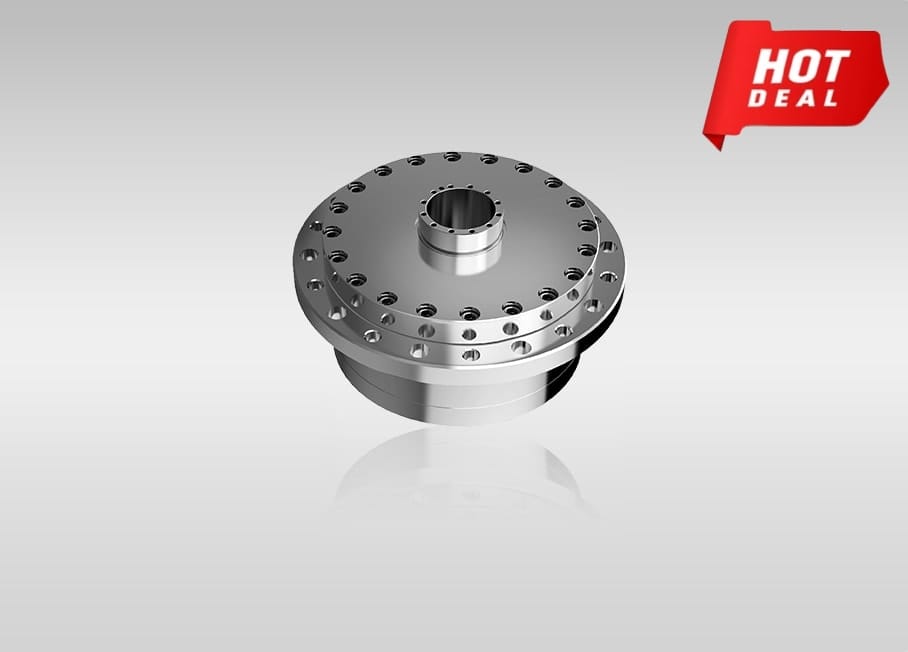
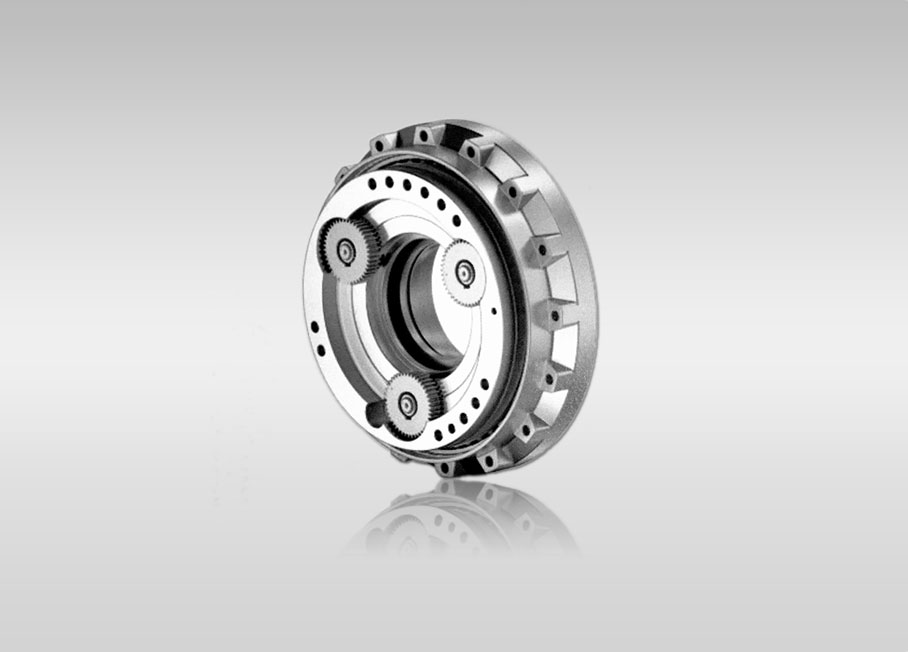
Quote Now